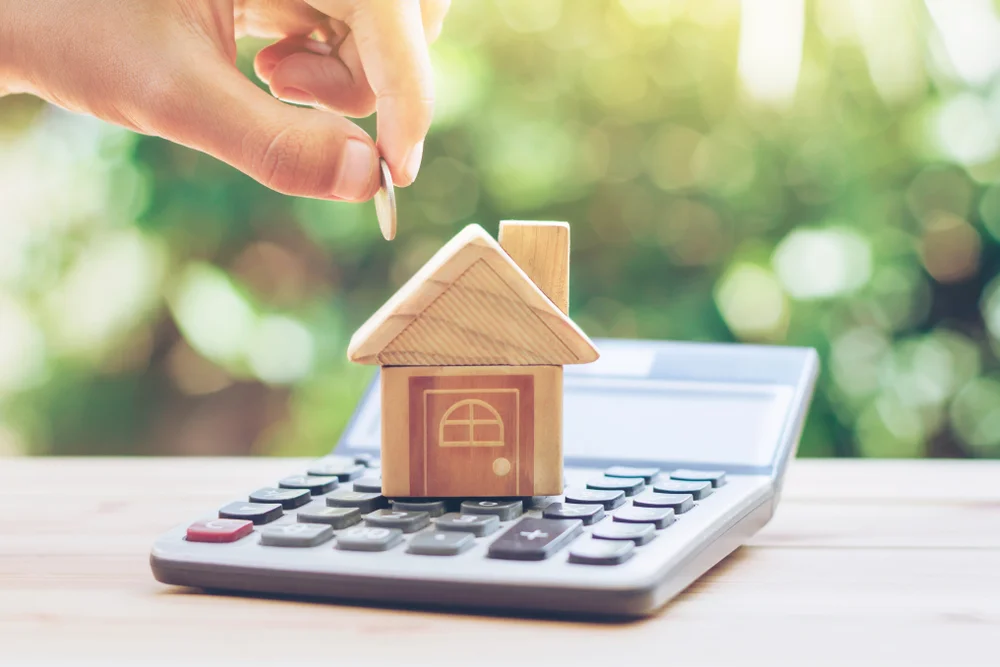Reverse mortgages can be repaid in several ways, depending on your needs, wished and circumstances. You or your heirs can:
• Sell the home. The reverse mortgage balance is satisfied with the proceeds from the sale – just like the sale of any home with a mortgage. And you or your heirs keep the remainder. Once you are no longer living in the home for longer than a year, for any reason, you or your estate has 12 months to sell the home and pay off the loan. Again, this is much like the sale of any other home with a mortgage. Only you or your heirs have 12 months to make arrangements and sell the home – without making a payment.
• Refinance. You can refinance a reverse mortgage with a traditional “forward” mortgage (or in some cases, a new reverse mortgage). Much like the refinance of any other home with a mortgage, the reverse mortgage is satisfied and paid off through the refinance.
• Deed the property to the lender. If your reverse mortgage balance exceeds the home’s value, you or your heirs have the option of deeding the property to the lender to fully satisfy the loan. Keep in mind, you do not need to move or sell the home in this situation. Simply put, you and your estate are protected from any negative equity or shortfall if home values were to drop and this were to happen. This is one of the many protections provided by the HUD mortgage insurance required on reverse mortgage loans.
There are many ways to repay a reverse mortgage loan, but if you still aren’t sure how it all works, give us a call at: 805-738-8326. We’re here to help.
Author: Rick Underwood
Date: 9/24/19
A division of The Underwood Group BRE # 01396133 | NMLS # 344822 Disclaimer

